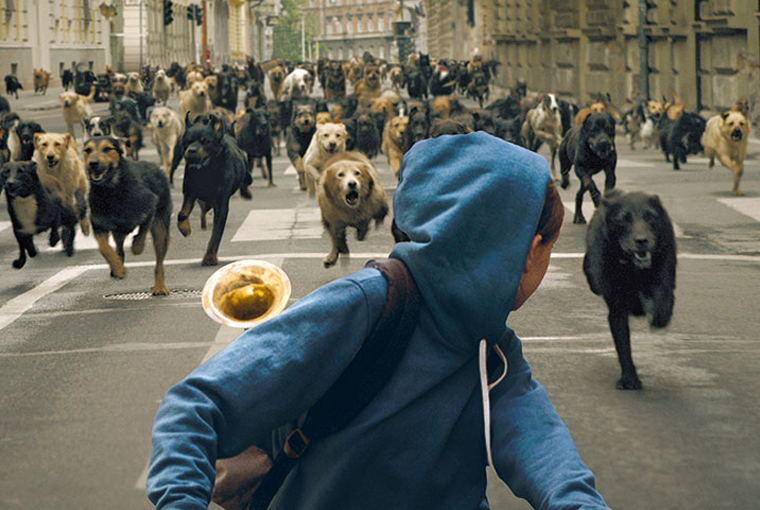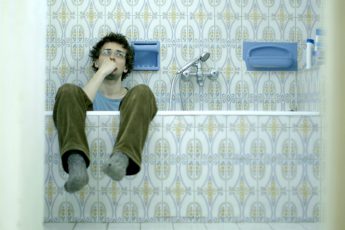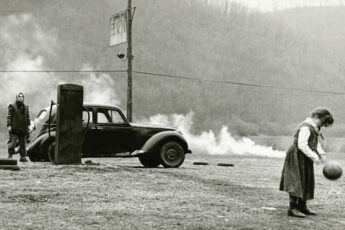Dog's Revenge
Kornél Mundruczó’s White God (Fehér Isten, 2014)
Vol. 47 (November 2014) by Anastasia Eleftheriou
Kornél Mundruczó’s White God was first screened in the Un Certain Regard section in Cannes this year and opened the 55th international film festival of Thessaloniki IFF.
White God tells the story of a girl looking for her beloved dog who disappears when her dad abandons it in order to avoid extra taxes imposed on citizens owning mixed breeds. Mundruczó, who could not attend the festival, sent a short video message in which he openly revealed his intentions behind this unorthodox plot-line. “It is really a film about a different race”, he said making allusions to the political and social divisions in his country where the far right has risen significantly in recent years.
The film’s introduction scene is impressive: little Lili rides her bike in an empty city, when she suddenly gets chased by a massive army of angry dogs. The film then cuts to an earlier moment. Lili is about to spend some time with her father who is not willing to tolerate the presence of the girl’s favorite dog Hagen, let alone when he finds out that there’s a new law according to which he has to pay extra taxes for it. Despite Lili’s efforts to get the dog back, she nevertheless starts developing a tender relationship with her father who has been suffering as well from loosing someone he loved (his wife left him for another man). These domestic scenes are inter-cut by Hagen’s adventures in the dangerous streets of the city. Having nowhere to go, he falls into the hands of police forces who sell him to a “dog fighting” trainer (much in the manner of Amores Perros). But together with the other dogs in the shelter, he manages to run off and plan a great revenge against the human race…
The cinematography by Marcell Rév is particularly impressive, and the use of handheld shots from unconventional viewpoints adds to the film’s chaotic civil war backdrop. Also of notice is the use of frequent slow-mos, for example during the dog fight scenes or during the chase in the beginning. Nevertheless, it is hard to pin this hybrid of styles down to one property. Similar to other Hungarian directors, György Pálfi or Bence Fliegauf come to mind, Mundruczó takes recourse to a mixed cinematographic palette: a bit of Eastern Europe realism, a bit of US-American action film, and even a bit of romantic comedy which sometimes makes it difficult for the viewer to understand what the director is actually trying to say.
2014 has, in some ways, been the year of the dog in cinema. Apart from Godard’s Adieu au langage, there is My Dog Killer by Mira Fornay, in which a dog is trained by a skinhead to kill Romas in the Serbian countryside. In White God, Hagen is trained to kill other dogs, and his personal sufferings and experiences with human violence turn him from a cute loyal friend to a bloodthirsty monster. In both White God and My Dog Killer, dogs are held responsible for representing humans, or better the manipulation of humans, condemned to become killers or marginals. The dog’s human reactions in White God (for example, when it looks with pain at a dog it has just killed, then running away as if in remorse) make Mundruczó’s symbolism easy to decode.
Mundruczó found his own way to talk about the violence and racism of his country, which some may find too blunt in its allegory. However, the message is too strong to ignore and the patience of working with a truly different “race” (biological species as opposed to social construct) might have something to add to it. At the end of the film, the little girl lies on the street to get herself to the same level as the dog. Her father follows. A short moment of peace before the next bloodshed…




Leave a Comment